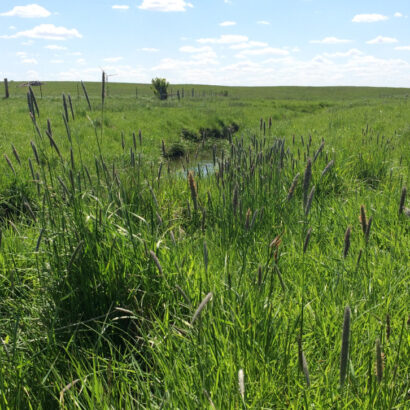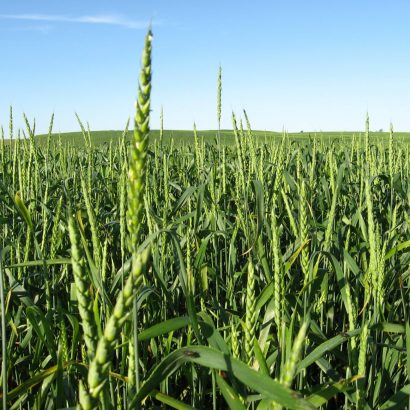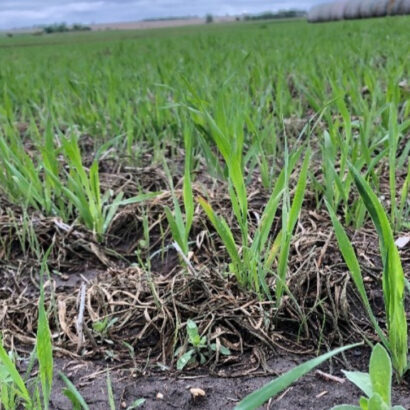Bull and alfalfa buying season are here! Both are purchases that will impact your operation for about five years, and both come with a plethora of data. Unfortunately, there are years when we let time slip by and end up buying the no-sale bull left at the neighbors or the pallet of alfalfa left over at the farm store without knowing any data about either. Now is the time to learn how to buy alfalfa.
First, let’s decode the numbers and determine what is of value. Like EPD’s, these numbers may or may not be relevant to what you are searching for. FD stands for Fall Dormancy and is the most important number to pay attention to. Fall Dormancy is ranked from 1-11 and is determined on its ability to grow more yield later into the fall. Higher numbers are less dormant, and consequently less suitable for colder climates. We want alfalfa varieties that can grow late into the year, but they also need to properly go dormant before winter without freezing. A Fall Dormant 4 is very common for the upper Midwest.
Winter hardiness is another important score to understand. This score reflects the variety’s ability to survive winter conditions through dormancy. These ratings are scored from 1 to 6, with the lower number being more winter hardy. Winter hardy scores of 1 and 2 are suitable for the northern states.
There was a time when bull tests were popular, and buyers got to see how various producers’ bulls stacked up against one another in the same environment. This is very relatable to alfalfa forage trials, which is another useful tool to use when selecting a variety. These trials will measure yield and nutritional analysis of numerous varieties and publish results yearly. Much like the bull tests, these university-funded forage trials have dwindled, but if you can search one out near you, the data is valuable and relevant.
If you are marketing your hay, look at how premiums are being paid for hay in your area. A bull that can get your calves into a value-added program adds premiums to your crop. An alfalfa variety that has marketing perks is worth looking into. Many hay markets are now paying a premium for alfalfa/grass hay over straight alfalfa hay. Using a blend of alfalfa with orchard, timothy, or tall forage fescue could capture those higher market premiums. Another buzz term that has been adding premiums to hay is low lignin content. There are conventionally bred low-lignin alfalfa varieties that will yield great while still maintaining high digestibility scores.
When you find a seed stock producer that consistently breeds quality bulls for your program, it’s easy to buy from them. Do your due diligence on researching alfalfa this spring and find an alfalfa program that supports you. Alfalfa research won’t be as fun as watching bull videos on auctions, but it will be worth having the correct hay field on your farm for the next half a decade.




Discussion
0 Comments